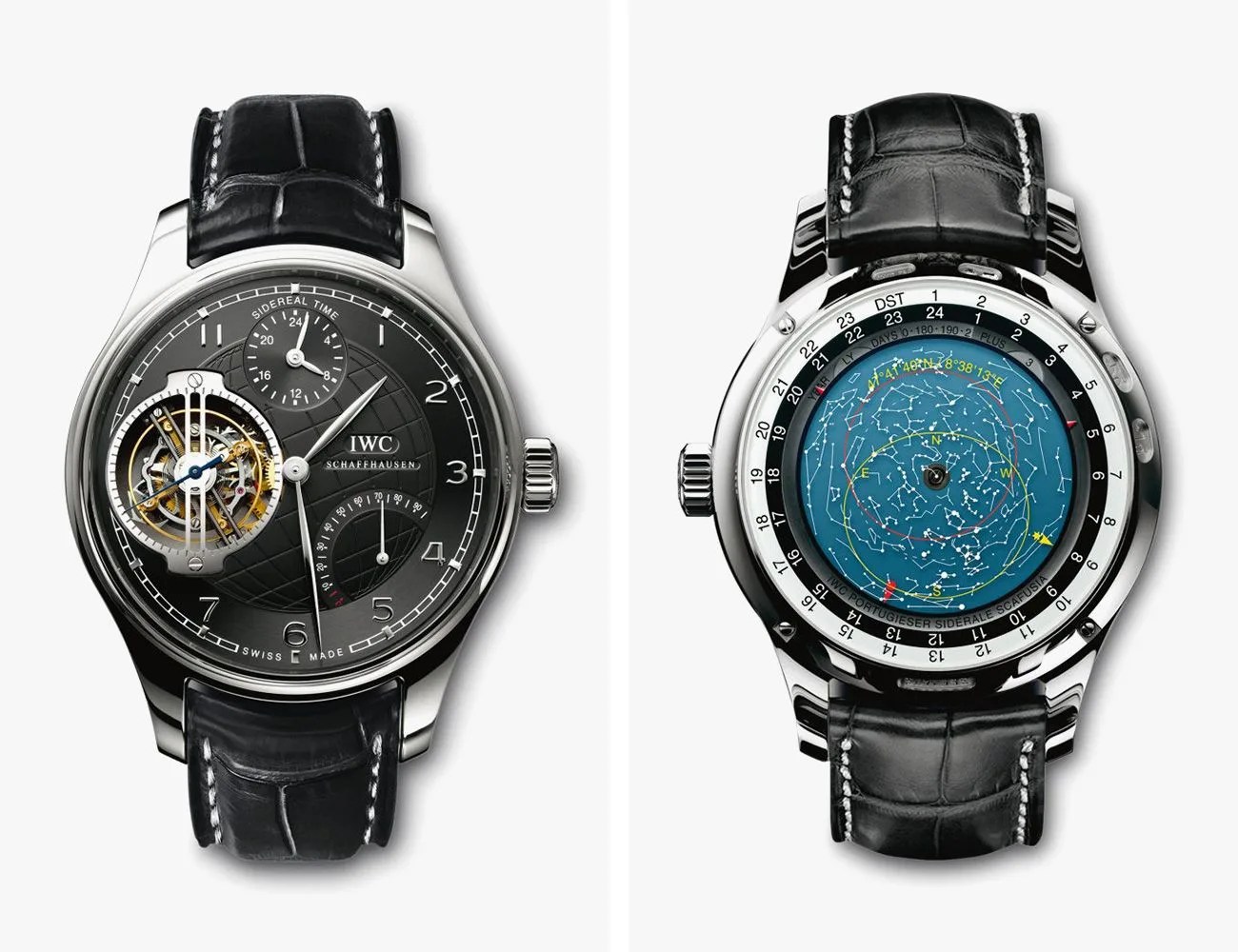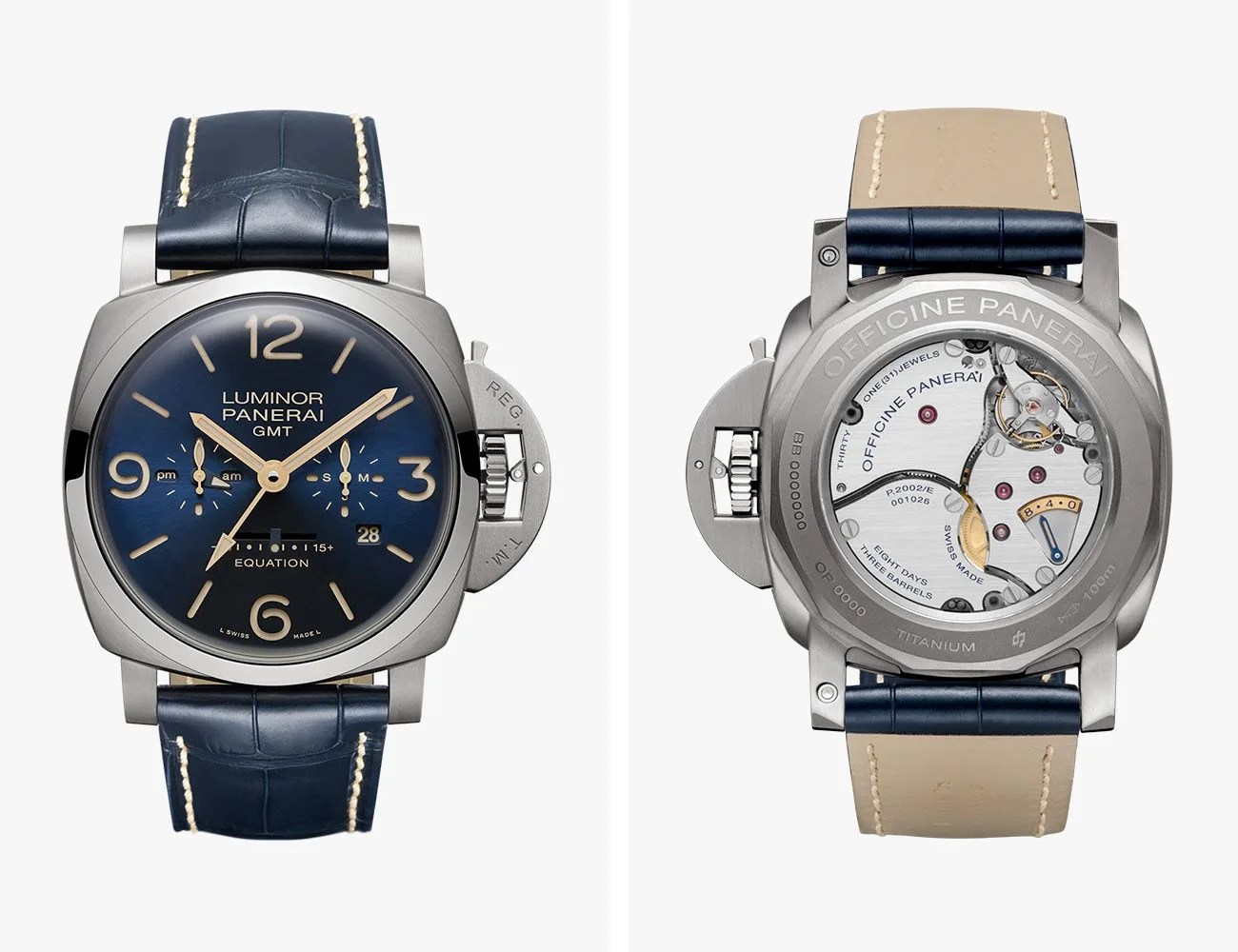Mechanical watches are full of features with practical origins but with virtually no use to most people who wear them. Will you ever use a chronograph’s tachymeter or a dive watch’s helium escape valve? Highly doubtful. But these kinds of features can make watches so much more cool and interesting, right? We love watches for these reasons, rather than in spite of them.
Most such features are relatively straightforward once you understand them, but the measurement of time can get a lot deeper than just hour, minute and seconds hands spinning around a dial. As timekeeping gets more esoteric it also gets fascinating as hell — especially when you discover that a watchmaker has been able to express a complicated concept in a form that fits on your wrist.
Some of the most exotic features, or complications, have a history that goes back centuries and were found in clocks or pocket watches that measured all manner of celestial movement. Today, there are still some watchmakers that recreate them purely for the sake of their historical interest, the horological challenge — and the fact that they’re just astounding and kind of poetic to contemplate.
The rare complications below can give you a sense of watchmaking’s astronomical origins and maybe even a grander perspective of time itself — not to mention an appreciation of some of the most complicated, impressive and expensive watches ever created.
Sidereal Time

What it is: Sidereal time is an alternative way of timekeeping based on the earth’s position relative to the stars rather than to our sun.

